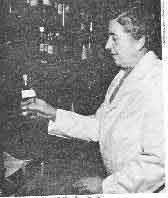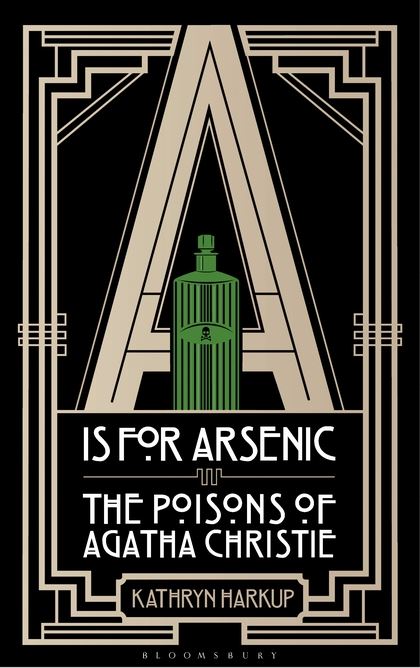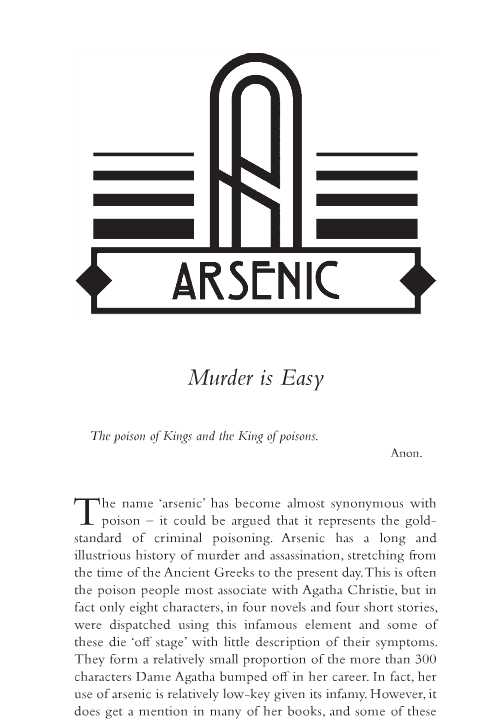Fourteen Agatha Christie novels. Fourteen poisons.
Just because it’s fiction doesn’t mean it’s all made-up …
Today is the 125th birthday of Agatha Christie. Few readers can claim they don’t know her. Exceedingly prolific, she has never been out of print and is outsold only by Shakespeare and the Bible. She is a curious contradiction — a polite young woman of modest, comfortable upbringing who made a living imagining the worst of crimes — murder.
In celebration of this anniversary, many Christie-related events are taking place throughout the UK, and indeed around the world. Author Kathryn Harkup is a chemist, by trade, who describes herself as on the “quirky side of science.” Harkup devotes a chapter each to the various poisonous cocktails summoned up by Christie’s homicidal characters. She lays out the chemical properties of each, how it interacts with the human body, and how the Queen of Crime used it to her best advantage in her novels.
Perhaps most interesting is how Harkup links these real poisons with Christie’s real life. Before she was a Dame, indeed before she was at all famous, Christie worked as a dispensary nurse in both wars. When The Mysterious Affair at Styles was published in 1920, it was reviewed by the Pharmaceutical Journal and Pharmacist. The reviewer praised the author for getting the use of strychnine correct.

In terms of poisons, Christie invariably played with a straight bat. She never used untraceable poisons; she carefully checked the symptoms of overdoses, and was as accurate as to the availability and detection of these compounds as she could be. ~Pg. 15
In each chapter, Harkup outlines the history of the chemical compound, its legitimate uses, how it might be obtained and how it fits into each Christie story. She also explores how a real life victim might find an antidote, if one exists. Harkup visits belladonna, ricin, monkshood, digitalis, arsenic, cyanide, opium, phosphorus, hemlock and more.
Something about poison is particularly dastardly. It is silent and unnoticed until it is too late. Unlike a knife or a gun, it doesn’t require coming face-to-face with the victim. it could be hours, or even days, between the time the murderer “commits” the crime and when the victim is actually poisoned. It creates a myopic timeline, a suggestible alibi.
Perhaps this is what drew Christie to the use of poisons and poisoners — this singular type of mischief made for interesting plots and characters.
My thanks to Bloomsbury for the review copy.
________________
Published: 09-08-2015
Format: Hardback
Edition: 1st
Extent: 288
ISBN: 9781472911308
Imprint: Bloomsbury Sigma
Dimensions: 5 5/16″ x 8 1/2″
List price: $27.00


